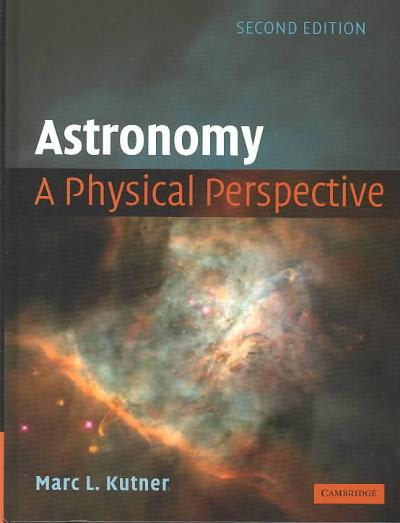Question
3) A 2.5 cm-tall object stands in front of a converging lens. It is desired that a virtual image 2.6 times larger than the object
3) A 2.5 cm-tall object stands in front of a converging lens. It is desired that a virtual image 2.6 times larger than the object be formed by the lens. How far from the lens (in cm) must the object be placed to accomplish this task, if the final image is located 19 cm from the lens?
______cm
4) When viewed through a magnifying glass, a stamp that is 1.0 cm wide appears upright and 6.3 cm wide. What is the magnification?
6) The focal length of a diverging lens is negative. If f = 19 cm for a particular diverging lens, where will the image be formed of an object located 47 cm to the left of the lens on the optical axis?
___cm to the left of the lens
___ What is the magnification of the image?
12) A camera is equipped with a lens with a focal length of 20 cm. When an object 1.9 m (190 cm) away is being photographed, how far from the film should the lens be placed?
13) A camera is equipped with a lens with a focal length of 40 cm. When an object 2.1 m (210 cm) away is being photographed, what is the magnification?
14) The equation connecting s, p, and f for a simple lens can be employed for spherical mirrors, too. A concave mirror with a focal length of 6 cm forms an image of a small object placed 12 cm in front of the mirror. Where will this image be located? (For spherical mirrors, positive p means the image is on the same side of the mirror as the object.) p =_____cm
Step by Step Solution
There are 3 Steps involved in it
Step: 1

Get Instant Access to Expert-Tailored Solutions
See step-by-step solutions with expert insights and AI powered tools for academic success
Step: 2

Step: 3

Ace Your Homework with AI
Get the answers you need in no time with our AI-driven, step-by-step assistance
Get Started


